
After strolling along a lovely stretch of Atlantic Ocean beach that fronts Cape May, New Jersey, my wife Fyllis and I decided to check out some of the town’s other attractions.
We dropped by the towering lighthouse, which has beamed warnings to ships since 1859. Plus we visited a World War II lookout tower that was built to help aim coastal artillery at German submarines which ventured too close to shore. Then we strolled through Cape May Point State Park, an area of dunes, marsh and forest which is a resting place for sea and shore birds during their annual migration.
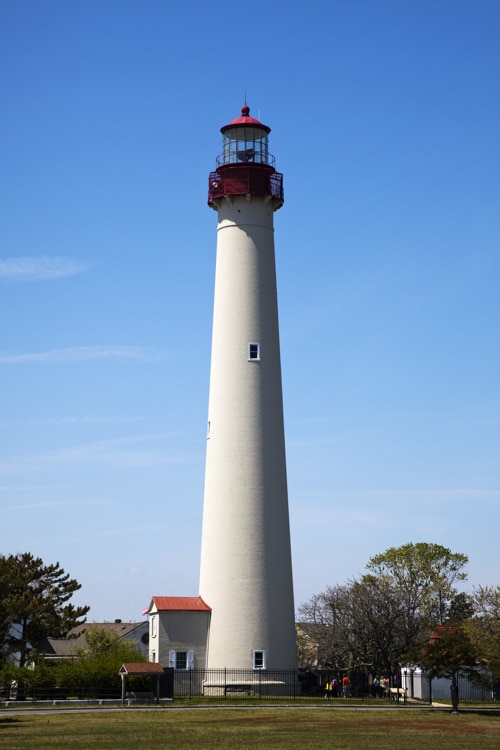
All of this was before we immersed ourselves in the primary appeal that brings many visitors to Cape May. That is its renowned collection of Victorian architecture which draws many people to this tiny community (population about 2,700).
Native Americans were there when English explorer Henry Hudson showed up in 1609. He was followed by Cornelis Mey, a Dutch adventurer, captain and fur trader who, during 1611-1614, charted the region and for whom the town is named. By 1630, the Dutch West India Company purchased land from the Native Americans and established a fishing and whaling settlement.
Cape May, New Jersey: America’s First Seaside Resort
Fast-forward about two centuries and Cape May began to adopt its role as a popular summer destination, due to convenient water transportation by sloops and steamboats from nearby cities. Private wooden cottages and hotels were constructed. The town was promoted as America’s First Seaside Resort.
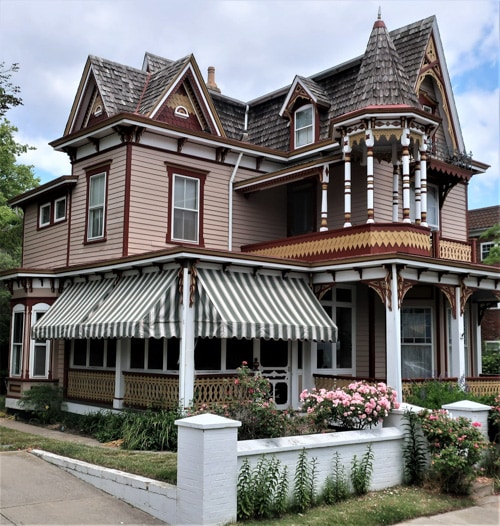
When a massive fire destroyed about half of them in 1878, the town was rebuilt as the architectural treasure it is today. Because the ornate Victorian style was in vogue at the time, many structures exhibit that vernacular, with intricate detailing, gable roofs, round towers and other wild, and at times whimsical, adornments. Deep bold colors add the finishing touch.
Cape May is a National Historic Landmark
As a result of this concentration of Victorian architecture, more than 600 beautifully preserved buildings, Cape May is designated as a National Historic Landmark. It’s the only town in the country to be entirely recognized as a National Historic District.
Fyllis and I spent much time meandering through this eclectic collection of fun and fanciful homes, shops and B&Bs. We ooohed and aaahed at the so-called Painted Ladies, a group of buildings that even among the colorful setting stand out because of their elaborate, playful nature.
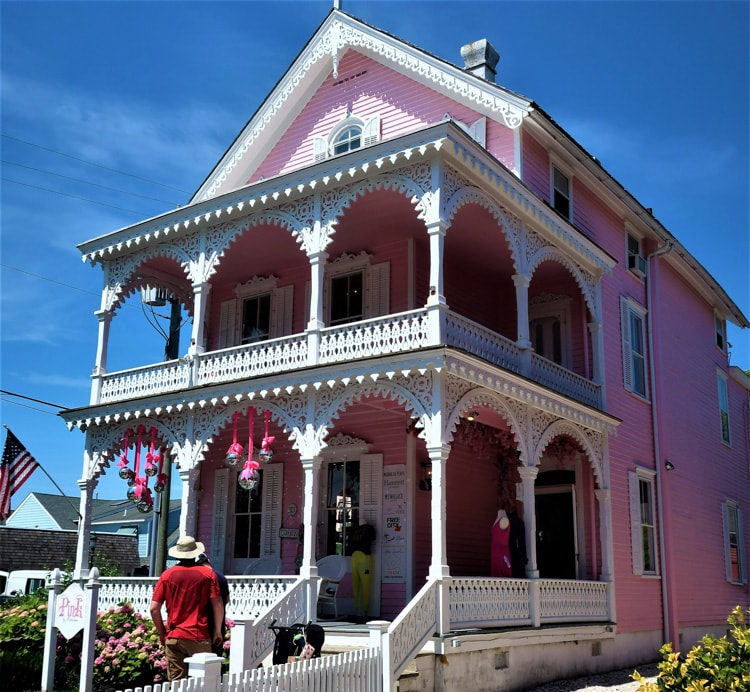
Along with our introduction to the major reason why many people visit Cape May, we took time to explore others. Several are mentioned at the beginning of this story.
The historic Emlen Physick Home, a magnificent 18-room mansion that was built in 1879, contains original furnishings and is Cape May’s only Victorian house museum. The family kept cows on the property and when I asked to visit the men’s room, I was directed to what originally served as a milking shed.
The Harriet Tubman Museum Recalls a Dark Page of History
A personal favorite was the modest but moving Harriet Tubman Museum, which shares stories of slavery in New Jersey, abolitionist activism and of Tubman herself. She lived for some time in Cape May, working in hotels and as a family cook to help fund her missions to guide enslaved people to freedom in the north.
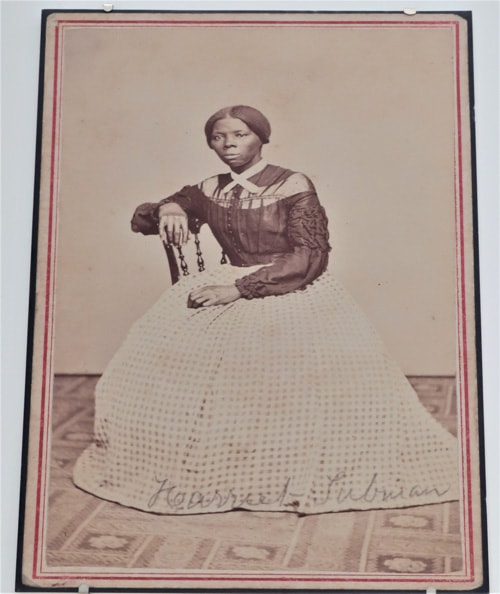
Exhibits include photos of Tubman and hand-written notes by William Still. He was an African-American abolitionist who assisted hundreds of slaves to freedom and kept meticulous records about many of their escapes.
Those with a diversity of other interests also have much to explore and enjoy. We spotted flocks of migrating birds that show up each spring and fall, and tested our palates at wineries, breweries and distilleries.
A stroll down the Washington Street Mall introduced us to a line-up of nearly 100 one-of-a-kind shops, galleries and eateries. “Della’s 5¢, 10¢, $1 and up” store offers merchandise reminiscent of the 1940s, along with an old-fashioned soda fountain.
That’s but one of the numerous sites in Cape May which transport visitors back in time.
Planning a Trip to Cape May
Cape May is chock-full of hotels, motels, inns and Airbnb’s, some located in Victorian buildings. The Virginia Hotel, where we stayed, combines a gracious historic ambiance with luxurious modern amenities. It was built in 1879 by ships’ carpenters, and many locals and visitors alike rate the hotel as “the place to be” in town. It’s one of several sister properties, each with its own appeal.
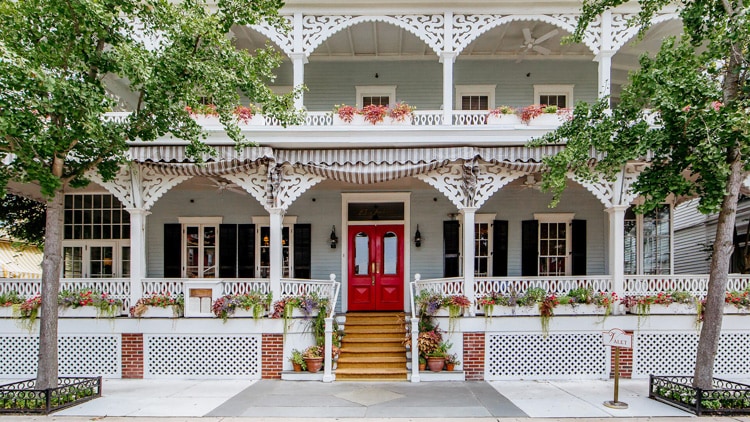
The best source of information and planning a visit is Cape May MAC (Museums, Arts, Culture), a non-profit organization that promotes preservation and education. Its numerous tours include specific historic sites, architecture, gardens and much more. A year-round schedule of festivals and events ranges from music and craft beverages to crafts and collectibles.
